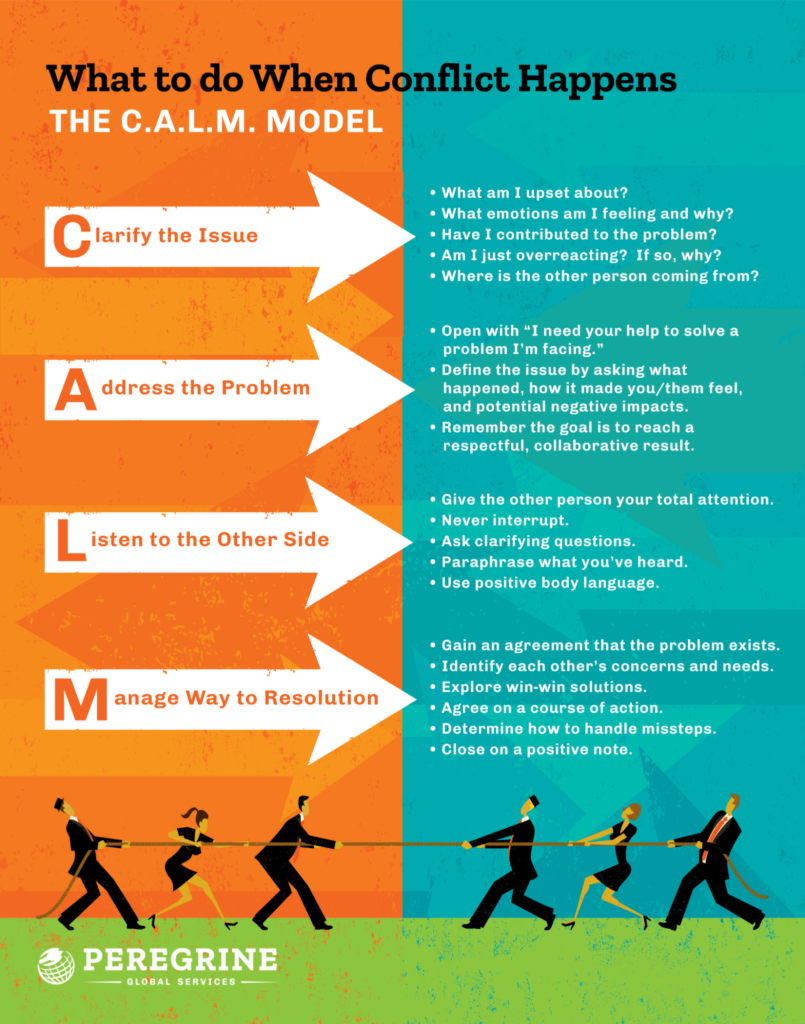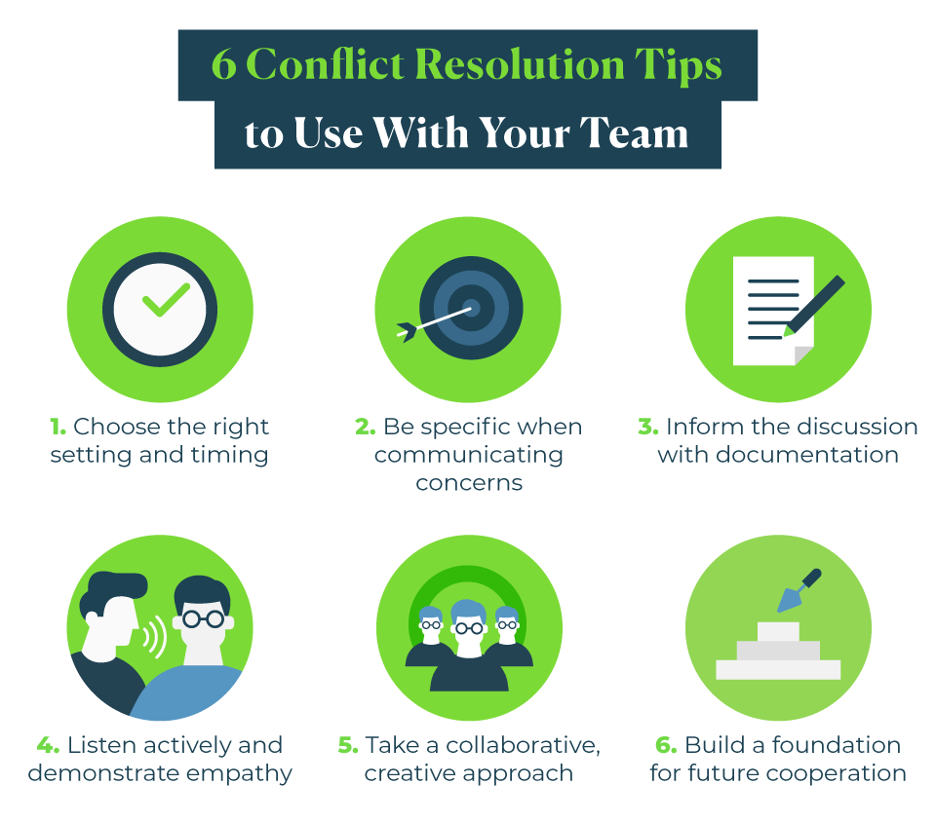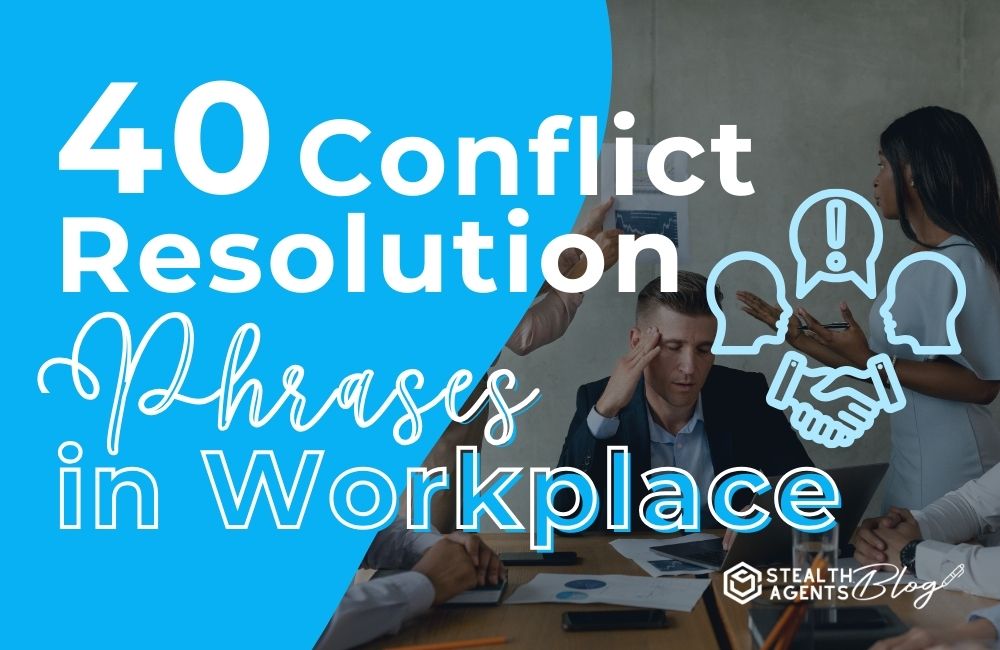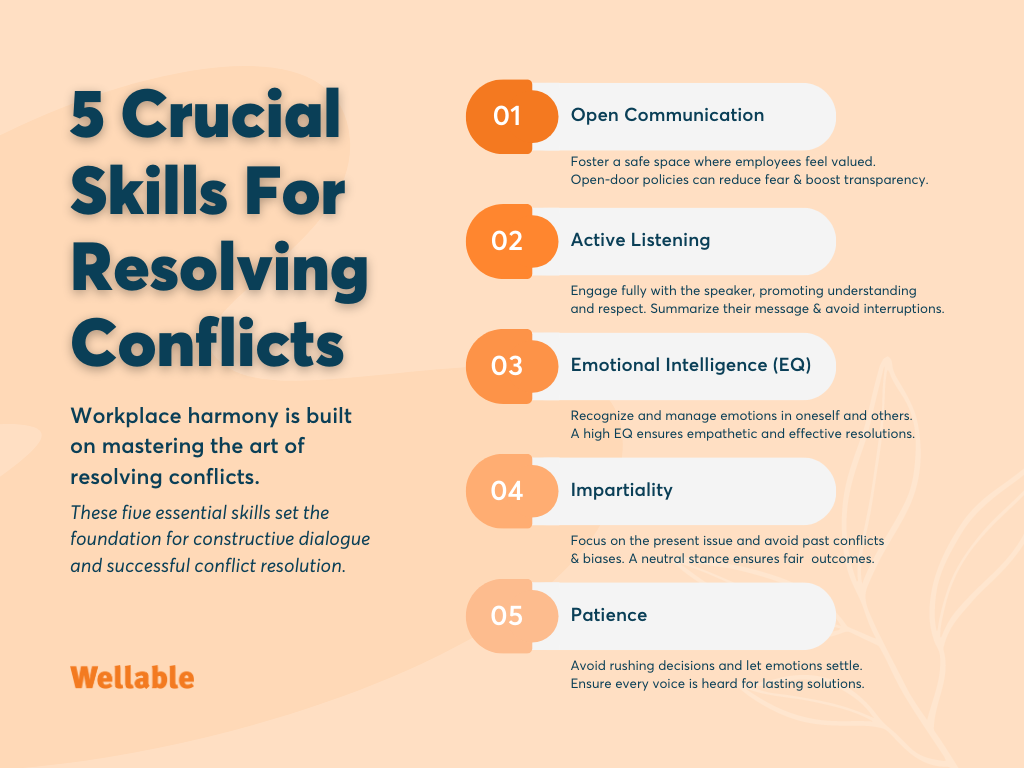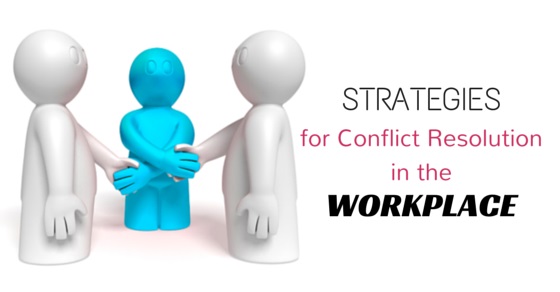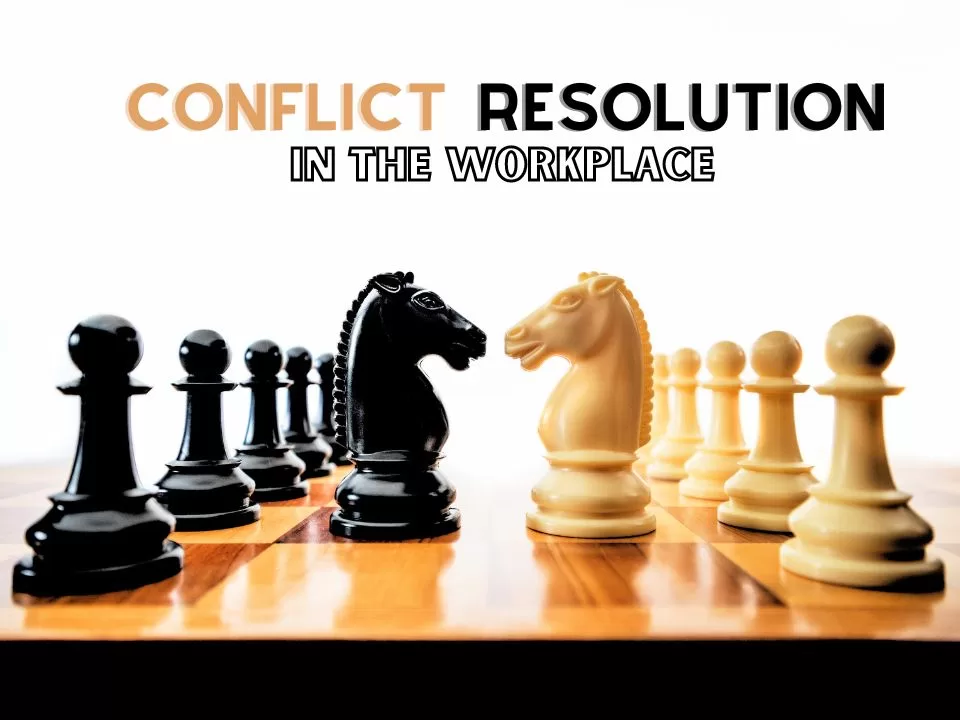How Would You Resolve A Conflict In The Workplace
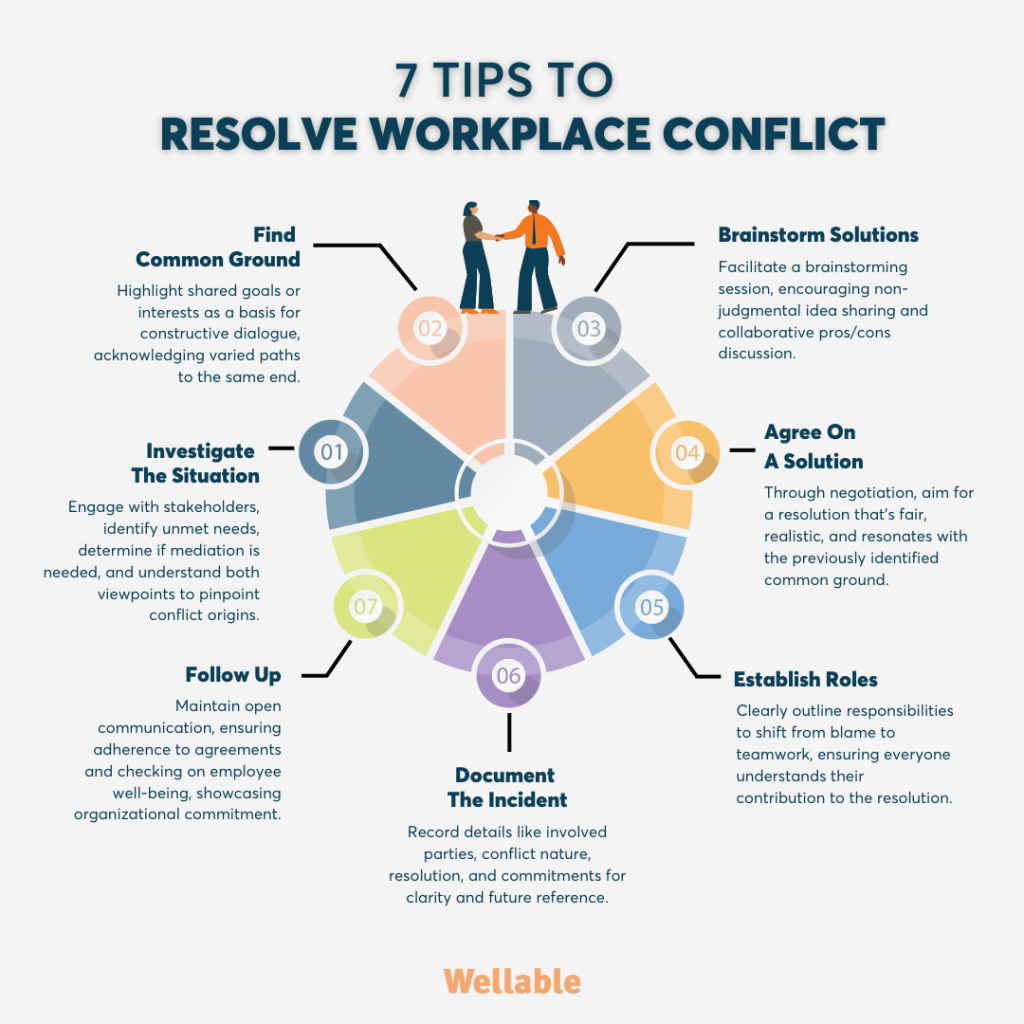
The air in the office hung thick with unspoken tension, a silent storm brewing just beneath the surface. Sarah, usually a beacon of positivity, avoided eye contact with Mark, her brow furrowed in a perpetual frown. Emails were curt, meetings were awkward, and the vibrant hum of collaborative energy had been replaced by a chilling quiet. This wasn't just a disagreement; it was a full-blown conflict threatening to derail the team's progress.
Resolving conflict in the workplace is crucial for maintaining a positive and productive environment. A well-managed conflict can even lead to innovation and stronger team bonds. But navigating these situations requires empathy, clear communication, and a structured approach.
Conflicts arise for various reasons. It could be differing opinions on project strategy or personality clashes that escalate over time. Sometimes, the cause is miscommunication or a lack of clear expectations, as detailed in a recent study by the Society for Human Resource Management (SHRM).
My approach to resolving workplace conflicts begins with active listening. This means truly hearing and understanding each party's perspective without interrupting or judging. It’s about creating a safe space where individuals feel comfortable expressing their concerns.
Next, I try to identify the root cause of the conflict. Is it a disagreement about roles, resources, or values? Asking open-ended questions like, "Can you tell me more about what happened?" can help uncover the underlying issues. Understanding the core problem is essential for finding a lasting solution.
Once I have a clear understanding of the situation, I facilitate a constructive dialogue between the parties involved. This usually takes place in a private setting where everyone feels comfortable being open and honest. My role is to act as a neutral mediator, guiding the conversation towards a resolution.
During the dialogue, I encourage each person to express their feelings and perspectives respectfully. I emphasize the importance of using "I" statements rather than "you" statements, which can sound accusatory. For example, instead of saying "You always interrupt me," someone might say, "I feel frustrated when I'm interrupted during meetings."
I also help the parties brainstorm potential solutions. This involves encouraging them to think creatively and consider each other's needs. The goal is to find a solution that is mutually beneficial and addresses the underlying issues causing the conflict.
Documenting the agreed-upon solution is critical. This ensures everyone is on the same page and provides a reference point for future interactions. This documentation might take the form of a written agreement outlining specific actions or changes in behavior.
Furthermore, follow-up is essential to ensure the resolution is effective. Checking in with the individuals involved shows that I’m invested in their success and that the organization values a harmonious work environment. It also allows me to address any lingering issues or concerns that may arise.
The effectiveness of this approach is supported by research on conflict resolution. Studies show that mediation and facilitated dialogue can significantly improve communication and reduce tension between parties. A survey conducted by the American Arbitration Association found that mediation resulted in a resolution in approximately 85% of cases.
Sometimes, conflicts require more formal intervention. In cases of harassment or discrimination, a thorough investigation may be necessary, adhering to company policies and legal regulations. These situations often require involving HR or other relevant departments.
Looking back, I recall a particularly challenging situation involving two senior team members locked in a power struggle. It required several mediation sessions, a lot of patience, and a willingness from both sides to compromise. Ultimately, we reached a solution that clarified their roles and responsibilities, leading to a significant improvement in team dynamics.
Resolving conflict in the workplace is not always easy, but it is always worthwhile. By fostering open communication, empathy, and a commitment to finding solutions, we can create a work environment where everyone feels valued and respected. A place where disagreements are seen not as threats, but as opportunities for growth and collaboration.
